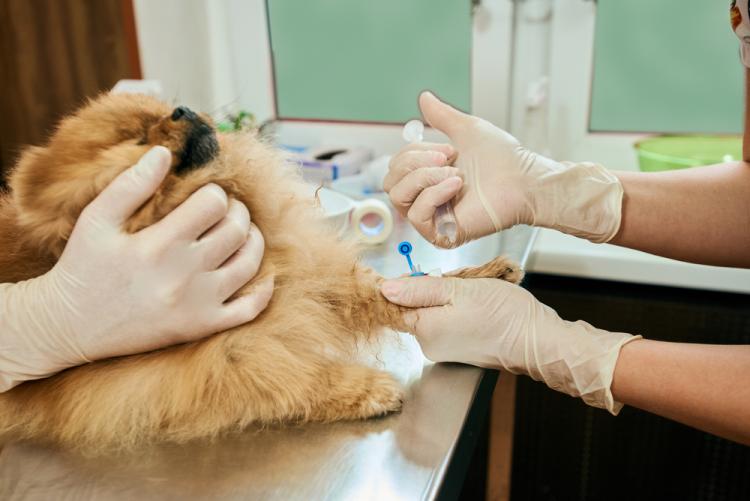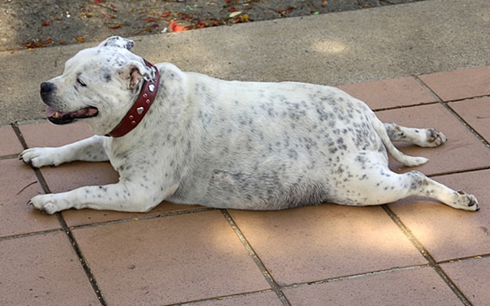What Are The Symptoms Of Diabetes In Dogs?
Diabetes in dogs is a serious, hormonal condition that can easily go undiagnosed. Why? Because symptoms can be subtle and easily overlooked. However, if you know what to look for, some simple checks could save your dog from a host of unpleasant side-effects or more grave consequences.
Glucose is a simple sugar that travels around the body and is a vital source of energy. The body will normally maintain a stable blood glucose level, but when it gets too high as a result of diabetes the dog’s overall health begins to suffer. A check for diabetes commonly involves monitoring levels of glucose in the bloodstream.

What are the symptoms of diabetes in dogs?
Signs that the body is unable to stabilise blood glucose levels can show in a number of ways. If diabetes is developing, your dog is likely to suffer from one or more of these complaints. Monitoring change from normal is important to detect the condition:
Excessive urination
Increased thirst/drinking more than usual
Weight loss
Increased appetite
Lethargy
Urinary tract infections
Stubborn skin infections
Cataract formation or cloudy eyes
Any of these conditions could be the result of the body reacting to high of glucose in the blood. Glucose is mainly controlled by a hormone called insulin, which is produced by the pancreas (a gland). Where it isn’t doing its job, two types of diabetes can occur:
Type I Diabetes means your dog is unable to produce insulin.
Type 2 Diabetes means not enough insulin is produced, or the body is not responsive to it.
Insulin plays a vital part in the maintenance of healthy blood glucose levels by allowing glucose from the blood to enter all the cells of the body to be used as fuel.

Symptoms explained
Where insulin is not present or is unable to control delivery of glucose to cells in the body, the body does not get enough energy so your dog may become more tired or lethargic, the cells start to use fat and muscle to produce energy instead. This means your dog could lose weight while at the same time the dog will eat more to try and get more glucose.
If there is too much glucose in the blood, the body gets rid of the excess through the kidneys, so your dog may urinate more frequently. Water exits the body along with the glucose in the urine, so your dog will try to replace it by drinking more.
Urinary tract infections are common in dogs with diabetes, since urine containing more glucose, makes a great breeding ground for bacteria. Wounds to the skin may also take longer to heal or become infected because of high levels of glucose in the skin.
Longer term, high levels of glucose can cause cloudy eyes, it can permanently change the lens of the eye, resulting in blurred vision. Leave diabetes untreated and it can lead to blindness.
Early diagnosis and preventative measures
Older, female dogs are more susceptible to diabetes and some breeds are said to be more prone to developing the condition:
Dachshunds
Poodles
Schauzers
Samoyeds
Australian Terriers
Keeshonds
Golden retrievers (prone to type 1 diabetes)
If you have any concerns, our vets may suggest a blood glucose monitoring system, and offer a treatment and/or management plan. Thankfully, with early detection and the right treatment, dogs with diabetes can often live a long and perfectly healthy life.
If your dog is showing signs of diabetes, don’t delay contact us today, let us help you take care of your pet.
Blog post and images supplied by Zoetis.
Written by Gemma Hopkins BVETMED, CERTVC, MRCVS.






















